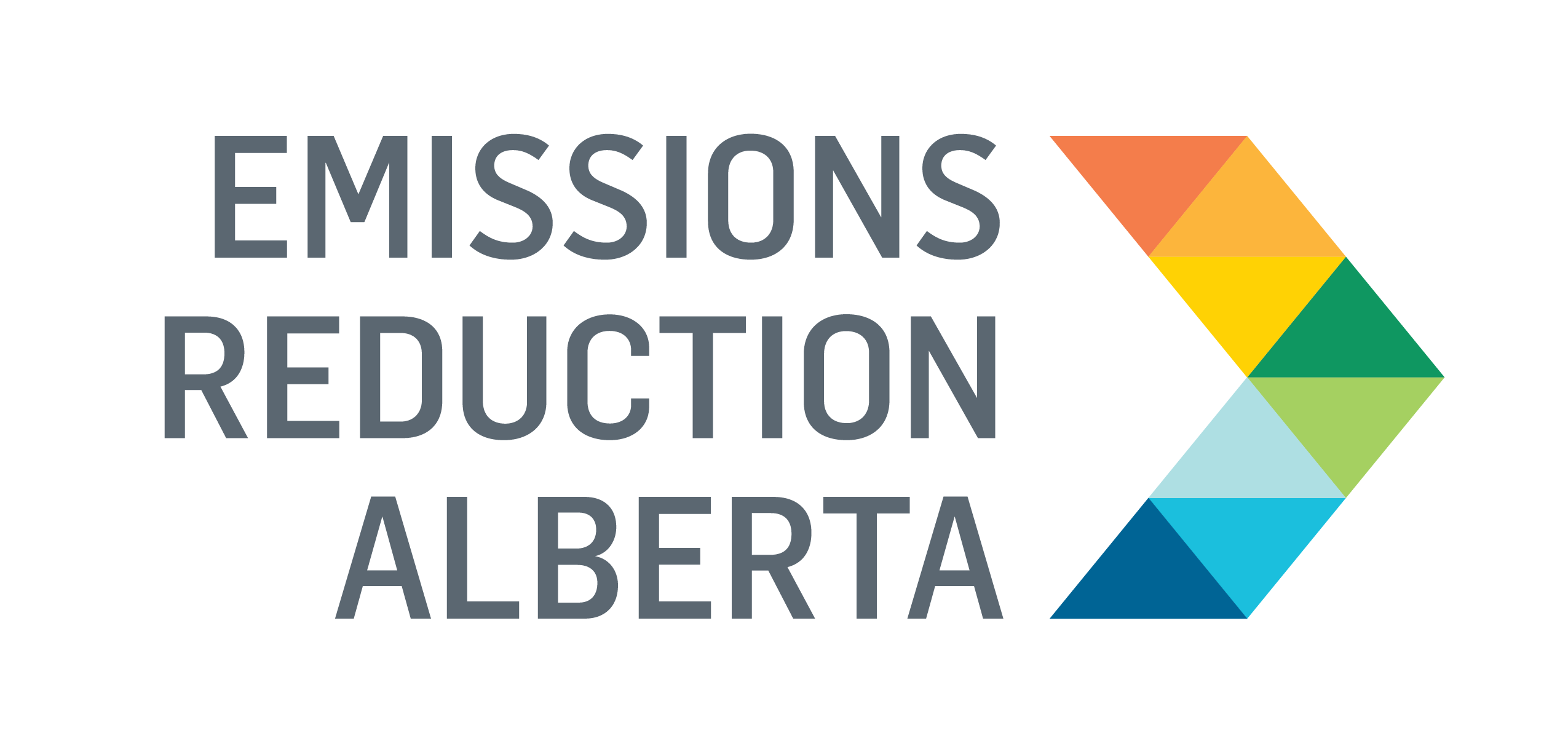Building Alberta’s First Waste-to-Energy Facility
Funded through Round 7: Renewable Energy in 2013, the City of Edmonton built Alberta’s first High Solids Anaerobic Digestion Facility to turn food and yard waste into renewable energy and compost. The goal of the Project is to address the crucial need for a sustainable solution for the increasing amount of organic waste generated in the growing city of Edmonton, by harnessing its nutrients and energy content to increase diversion and reduce greenhouse gas (GHG) emissions from landfill.
The High Solids Anaerobic Digestion (HSAD) technology used at the Edmonton Waste Management Centre breaks down organic waste, like food scraps and yard trimmings, without oxygen, using microbes inside sealed tanks called digesters. As the waste decomposes, it produces biogas, mostly methane, which is captured and used to generate electricity and heat. The facility was designed to process 40,000 tonnes of residential and commercial organic waste into biogas and compost per year. This technology is novel in Alberta because it’s the first facility of its kind to operate in a cold climate at a large scale, and it’s been specially designed to handle Edmonton’s unique mix of waste and weather. By turning waste into energy instead of sending it to a landfill, the facility avoids methane leaks from decomposing garbage and replaces fossil fuels with clean, renewable power, therefore significantly cutting greenhouse gas emissions.
Adapting the Technology for Alberta’s Cold Climate
Several important lessons were learned through the development, construction and commissioning of Edmonton’s HSAD facility that provide insight into the technology’s performance, marketability, and feasibility in the Alberta context. Technically, the project demonstrated that high-solids anaerobic digestion can function effectively in a cold northern climate, but only with careful adaptation. Challenges such as frozen external piping and variable biogas quality revealed the importance of designing systems for temperature extremes and incorporating redundancy and robust instrumentation throughout the process. The project also highlighted the need for consistent percolation and digestion conditions to maintain methane yield, which fell below target during some commissioning cycles due to poor feedstock wetting and digester health.
In terms of marketability, the project showed that while HSAD is a proven and mature technology in Europe, its deployment in Canada is still novel, requiring significant effort to adapt to local conditions and standards. However, the successful completion and operation of the facility has now elevated the technology’s Technology Readiness Level in Alberta and could pave the way for broader adoption. The project also built operational knowledge and created a local reference site, both of which are crucial for de-risking future investments in this space.
What’s next?
Overall, the project was completed in 2020 and derisked HSAD in Alberta, proving its technical feasibility. The facility is currently operational; however, the City of Edmonton is looking into more cost-effective options for organics processing. By 2027, the city expects it will process an estimated 121,000 tonnes of organic material annually, due to the three-stream apartment and condominium collection rollout, and Edmonton’s population growth. The city is exploring new options to meet that demand. That includes potentially building a new outdoor composting site and repurposing parts of the current facility.
